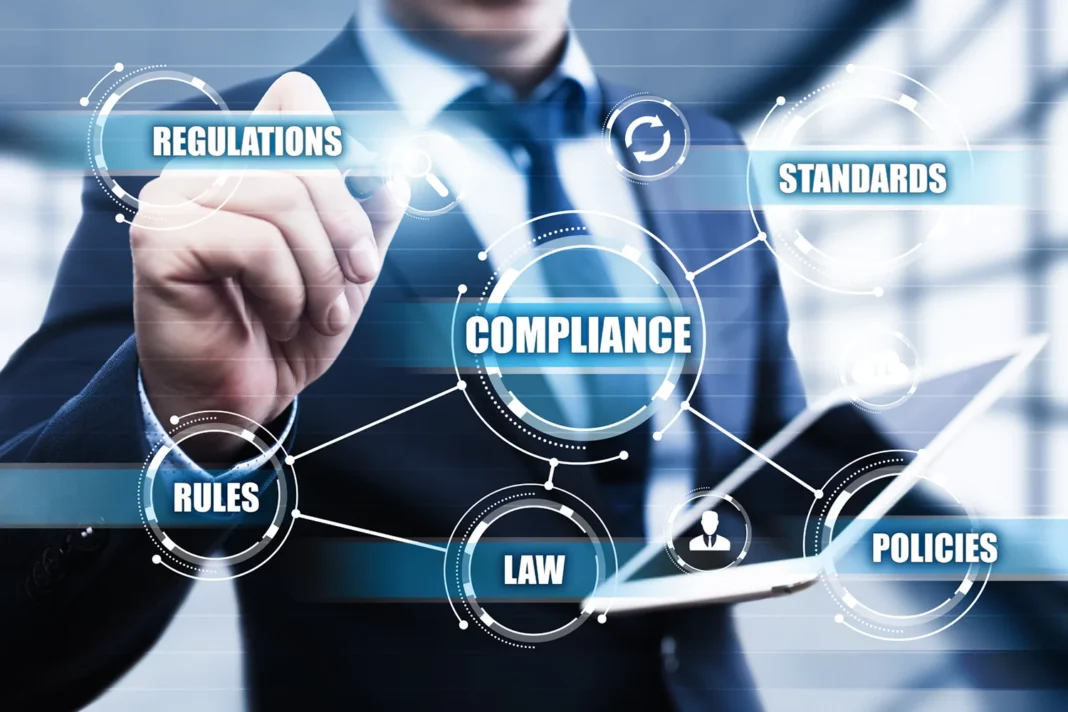It is important to understand that being compliant does not necessarily mean that your organization is secure.
You need to understand why and how security differs from security and why meeting compliance requirements will not make your organization secure.
How Compliance Differs From Security
Compliance and security are two related but distinct concepts.
Compliance refers to the process of meeting the requirements of a specific standard or regulation. This could involve implementing certain policies or procedures, following specific guidelines, or passing audits or inspections to verify that the organization is in compliance.
Security refers to the measures and practices that an organization puts in place to protect its data and systems from threats and vulnerabilities. This could include things like implementing encryption, using firewalls and other security technologies, conducting regular security assessments, and training employees on security best practices.
Meeting Requirements Does Not Make You Secure
Consider an organization that is compliant with the PCI DSS.
This means that the organization has followed all of the requirements outlined in the standard, such as implementing certain security controls and passing audits or inspections.
However, this does not necessarily mean that the organization is secure. There may still be security weaknesses or gaps in the organization’s defenses that could be exploited by attackers.
Use a security framework as a guide to achieving security
Following a security framework can be a good way to help improve the security of your organization.
Some examples of commonly used security frameworks include ISO 27001, and the NIST Cybersecurity Framework (CSF).
Security frameworks can be useful for a number of reasons. First, they provide a general set of guidelines and recommendations that organizations can use to assess their security posture and identify areas where they may be vulnerable to attack. This can help organizations to prioritize their security efforts and focus on the most critical risks and vulnerabilities.
Second, security frameworks can help organizations to implement appropriate controls and practices to address their security risks. By following the guidelines and recommendations in a security framework, organizations can put in place the necessary measures to protect their data and systems from threats and vulnerabilities.
Third, security frameworks can provide a common language and set of standards that organizations can use to communicate and collaborate on security issues. This can help to ensure that different teams and departments within an organization are working towards the same goals and following the same best practices.
Overall, following a security framework can be a valuable way to help improve the security of your organization. It can provide a useful starting point for assessing your security risks and vulnerabilities and can help you to implement appropriate controls and practices to address these risks
Conclusion
Security compliance is a byproduct of proper security implementation and operations. Having controls in place may make you compliant but they don’t necessarily make you secure.
Here are some things to consider if you want to be more secure:
- Conduct regular security assessments (risk assessments, vulnerability scans, and Penetration Tests) to identify and prioritize your security risks and vulnerabilities.
- Implement appropriate controls and practices to address these risks, such as encryption, firewalls, and other security technologies.
- Train employees on security best practices and educate them on how to recognize and avoid potential security threats.
- Regularly update and patch your systems and software to ensure that they have the latest security features and fixes.
- Implement robust access controls and authentication measures to prevent unauthorized access to your systems and data.
It is important to keep in mind that a security framework is not a substitute for a comprehensive and proactive security strategy. You should always tailor your security efforts to your specific needs and risks and regularly assess and update your security posture to ensure that it remains effective.
Dimitris is an Information Technology and Cybersecurity professional with more than 20 years of experience in designing, building and maintaining efficient and secure IT infrastructures.
Among others, he is a certified: CISSP, CISA, CISM, ITIL, COBIT and PRINCE2, but his wide set of knowledge and technical management capabilities go beyond these certifications. He likes acquiring new skills on penetration testing, cloud technologies, virtualization, network security, IoT and many more.
